A Comprehensive Guide To Using Acids In Your Skin Care Routine
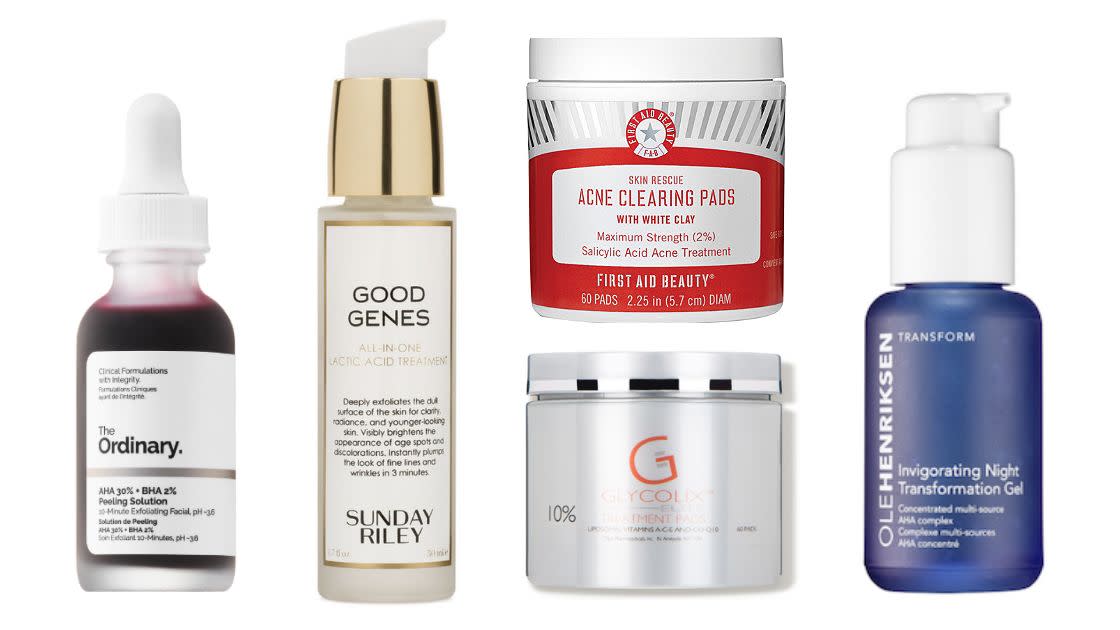
Acids are everywhere in skin care these days. And we admit, they can be a little intimidating, especially since acid is often associated with chemical burns.
When it comes to skin care products, though, acids are used as chemical exfoliators meant to slough away dead skin cells to leave you with a smoother, brighter complexion. But it’s important to know which acids work best for what skin concerns and skin types. You shouldn’t just be layering them on your face all willy-nilly.
The first thing you should know about acids is that there are two main types found in skin care products: alpha-hydroxy acids (AHAs) and beta-hydroxy acids (BHAs). Both classes of acids help exfoliate the skin, but they aren’t exactly the same.
According to Dr. Nava Greenfield, a Brooklyn-based dermatologist with Schweiger Dermatology Group, the main difference between them is their chemical structure, which affects how each type of acid penetrates the skin. For example, AHAs are water-soluble and they exfoliate by breaking down the outer layers of dead skin cells. (Our skin is made of mostly water, after all.) Meanwhile, BHAs, like salicylic acid, are oil-soluble, so they can penetrate deeper into pores and help unclog them.
Among those two acid classes, Greenfield said the most popular acids in skin care are salicylic, a BHA, and glycolic, an AHA. But there are are few others out there, which makes choosing products both difficult and confusing.
To help provide some clarity, we had dermatologists break it all down.
Salicylic Acid
What is it?
Salicylic acid is a member of the BHA family. It’s really good at penetrating deep into the pores, according to both Greenfield and Dr. Robyn Gmyrek, a board-certified dermatologist with Union Square Laser Dermatology in New York City.
“As it penetrates, it can loosen dead skin cells, helping alleviate clogged pores and blackheads,” Gmyrek said via email.
Salicylic acid is also “really good at breaking apart the top layer of skin cells,” which makes it an effective acne treatment, because it can help break down pimples and comedones, according to Greenfield. Additionally, as it helps to dissolve dead skin, it promotes a more radiant, bright skin appearance, Gmyrek said.
Who should use it?
Gmyrek noted that salicylic acid is especially useful for people with oily skin or who are acne-prone. She also clarified that salicylic acid is a salicylate, which puts it in the same family as aspirin.
“If you are allergic to aspirin, you should avoid salicylic acid,” she said. “However, like aspirin, salicylic acid also has anti-inflammatory properties which can calm the skin and minimize irritation.”
Many labels for acid-based products display the percentage of acid used (i.e., 2 percent salicylic acid), informing consumers of a product’s supposed strength.
Gmyrek suggested salicylic products should contain at least 1 percent salicylic, and Greenfield noted that salicylic acid is typically available in low percentages because it’s strong, so you don’t need to use as much.
Glycolic Acid
What is it?
Glycolic acid, an AHA, is a chemical exfoliant that breaks down and eliminates dead skin cells on the outer later of the skin, Gmyrek said.
“As it releases these cells, they are exfoliated and there is improvement in dullness, dry flaking skin, pigmentation and brightness of the skin,” she added. “When the dead skin cells have been removed, the ability to hydrate with moisturizing products is also improved, as they are able to penetrate more effectively into the skin.”
Gmyrek added that glycolic acid has been shown to increase collagen production.
Who should use it?
Greenfield expanded on Gmyrek’s points, noting that while glycolic acid is beneficial in treating aging and skin brightness, it can be used to treat acne in some cases. She also said glycolic acid is well-tolerated on most skin types. Of course, if you’re super sensitive, you should consult with a dermatologist before trying anything.
Greenfield also advised caution for those with darker skin tones, explaining that in rare cases, glycolic acid “can cause a paradoxical darkening of the skin, so you have to be careful with those.”
When looking for over-the-counter glycolic acid products, Gmyrek suggested looking for something with 10 to 15 percent strength.
Greenfield explained that products available over the counter will have much lower acid concentrations than those available in a medical setting. For context, she said she administers glycolic acid peels that range from 20 to 70 percent. Something at that strength is going to provide more drastic results much quicker.

Lactic Acid
What is it?
Lactic acid, another AHA, is similar to glycolic but “a little bit more gentle,” according to Greenfield. “It also is a chemical exfoliator, so it’s used if you want to brighten your skin, get rid of rough dead skin,” she said.
Lactic acid can be found in milk, which is why Cleopatra used to soak in milk baths, according to Gmyrek.
Who should use it?
Gmyrek said she recommends products with lactic acid for anyone looking to treat dry, dead skin and improve hydration. It can also be used to soften the little bumps some people get on the backs of their arms, known as keratosis pilaris, she added.
Greenfield said that lactic acid, like glycolic acid, is generally well-tolerated on most skin types.
Lactic acid is said to work best at a lower pH, Emma Hobson, education manager for Dermalogica and the International Dermal Institute, told Harper’s Bazaar in 2018. She added that for at-home use, lactic acid products should be about 10 percent or less, with a pH of around 3.5 to 4. Gmyrek said you can also find some over the counter products with 12 percent lactic acid.
L-Ascorbic Acid
What is it?
L-ascorbic acid is a derivative of vitamin C that’s most often used as an antioxidant on the skin, Greenfield said. Antioxidants are essentially compounds that protect our cells from damage caused by free radicals, unstable molecules generated by things like stress and pollution. When not stabilized, free radicals can break down the skin’s collagen, causing discoloration and creating wrinkles.
Who should use it?
“I recommend that product a lot in the morning for people to use before their moisturizer and sunscreen as an antioxidant,” Greenfield said. “It can be used for a lot of skin types, but like all acids, I would use caution on darker skin tones.”
Dr. Angela Lamb, a board-certified dermatologist and director of the Westside Mount Sinai Dermatology Faculty Practice in New York, said vitamin C can also help even out skin tone and is good for cell turnover.
L-ascorbic acid is among the most active types of vitamin C, which is notoriously unstable and loses efficacy over time. Dermatologist Erum Ilyas of Montgomery Dermatology previously told HuffPost that the concentration of vitamin C in products should be between 10 and 20 percent.
“If this is not the case, vitamin C can be very unstable on exposure to light and essentially be useless,” she said. “That’s money wasted.”
Ferulic Acid
What is it?
Like vitamin C, ferulic acid is used as an antioxidant that helps fight the effects of free radical and oxidative damage, Greenfield said. It’s also said to be able to prevent and treat photodamage of the skin caused by exposure to the sun’s UV rays.
“It’s used usually in serums and can also be found in creams,” she said, adding that she recommends people use it before their moisturizer and sunscreen each morning.
Who should use it?
Most skin types react well to ferulic acid, Greenfield said, but again urged those with darker skin tones to proceed with caution.
Lamb also said it’s good for individuals who want anti-aging products. She pointed out that it’s one of the main ingredients in Skinceuticals C E Ferulic serum, which she said she uses on her skin every other morning.
Ferulic acid is “mildy potent,” Gmyrek added. She also clarified that it’s used more as a stabilizing agent and the actual percentage is not typically listed on product labels.
Malic, Citric, Mandelic And Tartaric Acids And Willow Bark Extract
Gmyrek said malic, citric, mandelic and tartaric acids are among the lesser-known and lesser-used AHAs in skin care, while there is a lesser known BHA found in willow bark extract. She noted that they’re used for the same purposes of other AHAs and BHAs, but said they don’t seem to be as effective as glycolic or salicylic.
Is there anyone who shouldn’t use acids?
If you’ve got extremely inflamed, cracked, flaking or open skin, Gmyrek advised against applying acids.
When skin is cracked or flaking, the skin barrier is open, which means products that would typically be well-tolerated could cause irritation because they aren’t being absorbed the way they were intended. Instead, Gmyrek said, they could be “passing through the breaks in the skin and can cause further irritation and redness.”
And of course, as Greenfield noted multiple times, those with darker skin tones should approach acid use with caution to avoid any unwanted discoloration.
A few more notes to keep in mind:
As you now know, most of the popular acids in skin care exfoliate the skin, which means they get rid of the outer layer of dead skin cells. As a result of that, skin might become more sensitive to sunlight, Gmyrek said.
“So always, always apply SPF 30 plus, broad spectrum (UVA plus UVB) sunscreen and reapply every two to four hours!” she added.
Additionally, acids shouldn’t burn or leave your face in pain. Gmyrek said it’s normal to experience a slight tingle when the product is applied. She also said patience is key when it comes to seeing results with acid use.
“You should see improvement in the skin within a week or two of use — not for fine lines and wrinkling, which takes at least 12 weeks, but for brightening and radiance as the dead skin layer is exfoliated,” she said.
It’s also always beneficial to consult with a dermatologist before trying new acid-based (or any) skin care products, as they can help determine what will best suit your skin. Greenfield said this is always the best practice, and advised everyone to avoid at-home remedies for any skin care issues.
Below, click through the gallery to check out a few dermatologist-recommended, acid-based products. HuffPost may receive a share from purchases made via links on this page.
Good For: Combination, Oily
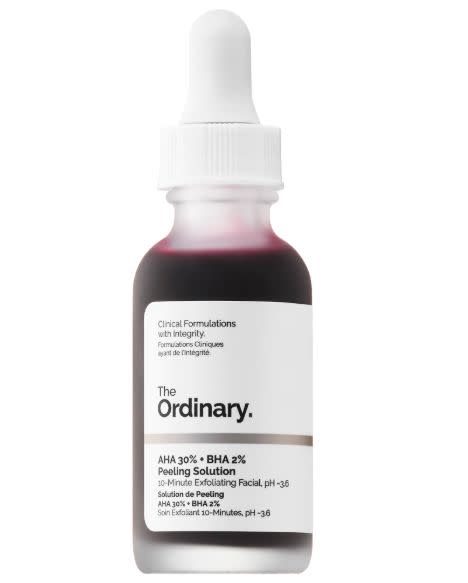
Good For: Oily, Combination, Dry, Sensitive
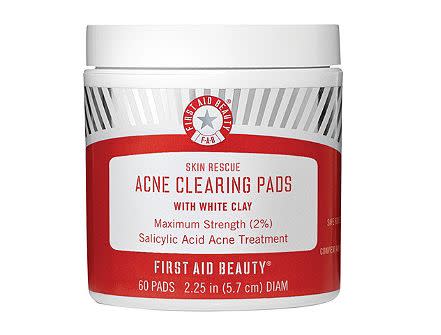
Good For: Acne-Prone, Oily, Combination
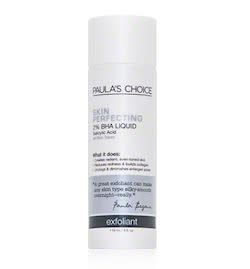
Good For: Acne-Prone, Oily, Combination
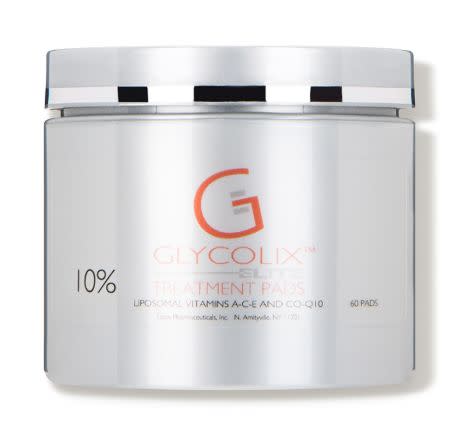
Good For: Oily, Combination, Dry, Sensitive
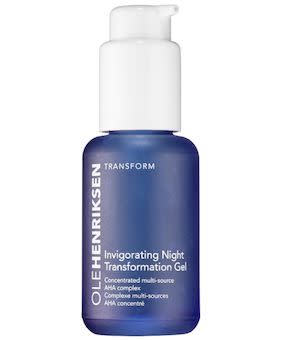
Find it for $49 at Sephora.
Good For: All Skin Types

Good For: Oily, Combination, Mature, Acne-Prone

Good for: Sensitive, Acne-prone

Find it for $12.99 at C'est Moi.
Good For: Oily, Combination, Dry
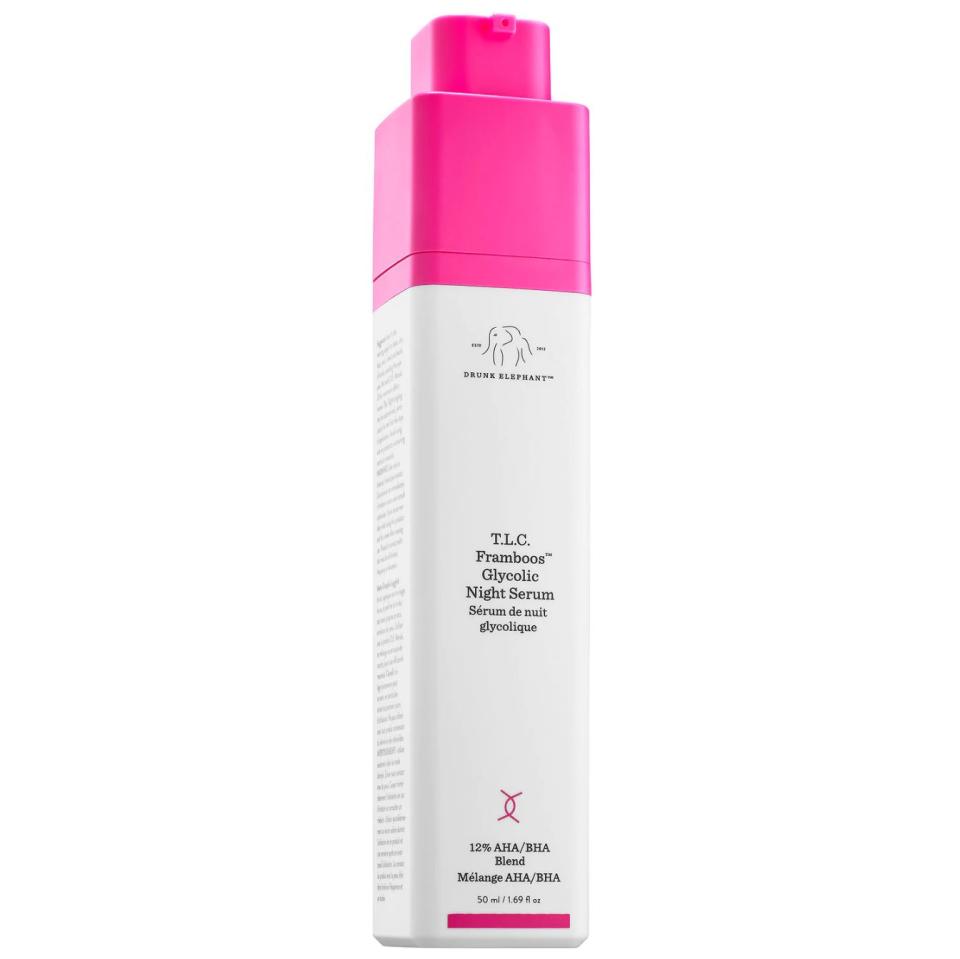
Related...
This Is What Happens To Your Skin During A Chemical Peel
What Does Glycolic Acid Do For Your Skin? Dermatologists Explain.
Also on HuffPost
For the best of the best: SkinCeuticals C E Ferulic
![The skincare experts who talked to HuffPost overwhelmingly recommend <strong><a href="https://fave.co/2Wb3q5l" target="_blank" rel="noopener noreferrer">SkinCeuticals C E Ferulic Vitamin C serum</a></strong>, but it doesn't come cheap. "Be aware that Vitamin C serums are a concentrated ingredient, thereby [are] very potent and active," says esthetician Melissa Lekus of <strong><a href="https://melissalekus.com/" target="_blank" rel="noopener noreferrer">Melissa Lekus Skincare Consulting</a></strong>. "So don’t be surprised when your Vitamin C serum is one of the most expensive products in your arsenal." So, what's the difference between a $10 Vitamin C serum and a $100 Vitamin C serum? It's due in part to its formula. "Vitamin C is an unstable molecule on its own, so it works best when combined with Vitamin E or ferulic acid," says dermatologist <a href="https://www.instagram.com/stayskinsafe/" target="_blank" rel="noopener noreferrer"><strong>Tsippora Shainhouse</strong></a> of Rapaport Dermatology. <br><br /><br><a href="https://fave.co/2Wb3q5l" target="_blank" rel="noopener noreferrer"><strong>SkinCeuticals C E Ferulic is available at Dermstore</strong></a> for $166.](https://s.yimg.com/ny/api/res/1.2/ErNKeQRncvOZq3QHJD81Iw--/YXBwaWQ9aGlnaGxhbmRlcjt3PTk2MA--/https://img.huffingtonpost.com/asset/5c37a1c220000053006ba8f8.png?ops=crop_109_36_639_531)
<br> SkinCeuticals C E Ferulic is available at Dermstore for $166.
For first timers: The Ordinary Magnesium Ascorbyl Phosphate 10%
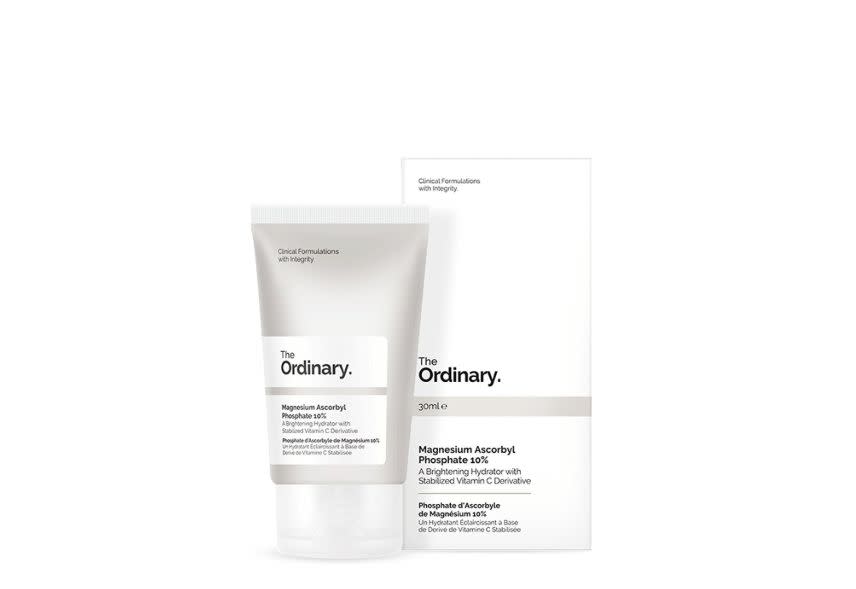
<br>The Ordinary Magnesium Ascorbyl Phosphate 10% is available at Beauty Expert for $10.50, or SkinStore for $9.60.
For a stable formula: Peter Thomas Roth Potent-C Power Serum
![Dermatologist Erum Ilyas of <strong><a href="http://montgomery-dermatology.com/" target="_blank" rel="noopener noreferrer">Montgomery Dermatology</a></strong> says that the key to buying a good Vitamin C formula is to educate yourself on its ingredients. "If you are going to look for a Vitamin C-containing product, make sure the concentration and type of Vitamin C is listed. L-ascorbic acid or tetrahexyldecyl (THD) ascorbate are the most active types." She also recommends searching for serums with between 10- to 20-percent concentration, like <strong><a href="https://fave.co/2AXELIB" target="_blank" rel="noopener noreferrer">Peter Thomas Roth Potent-C Power Serum</a></strong>. "If [that's] not the case, Vitamin C can be very unstable on exposure to light, and essentially be useless. That’s money wasted.”<br><br /><br><strong><a href="https://fave.co/2AXELIB" target="_blank" rel="noopener noreferrer">Peter Thomas Roth Potent-C Power Serum is available at Sephora</a></strong> for $95.](https://s.yimg.com/ny/api/res/1.2/UzXOf5.5dFl7MbsknXcTxw--/YXBwaWQ9aGlnaGxhbmRlcjt3PTk2MA--/https://img.huffingtonpost.com/asset/5c37abd224000033009f8cd8.png)
<br>Peter Thomas Roth Potent-C Power Serum is available at Sephora for $95.
For daily use: Mad Hippie Vitamin C Serum
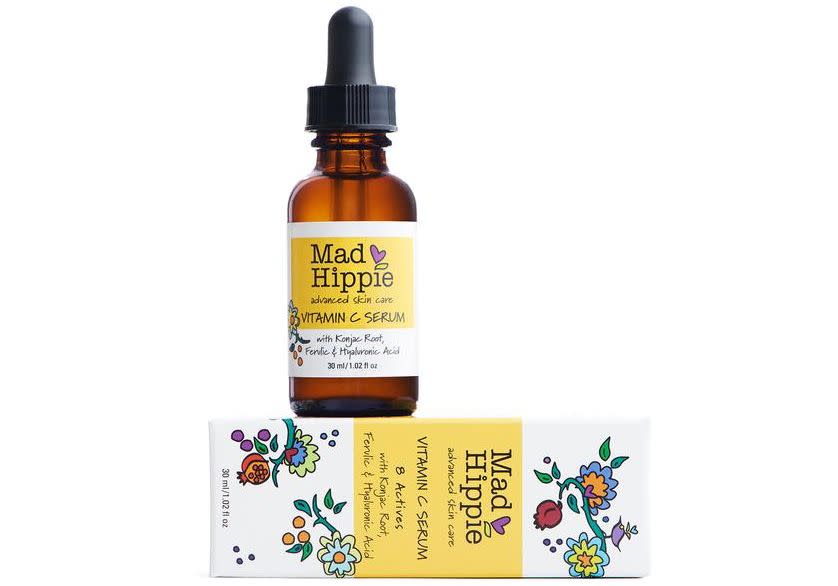
<br>Mad Hippie Vitamin C Serum is available at Ulta for $34.
For all-natural ingredients: 100% PURE Vitamin C Serum
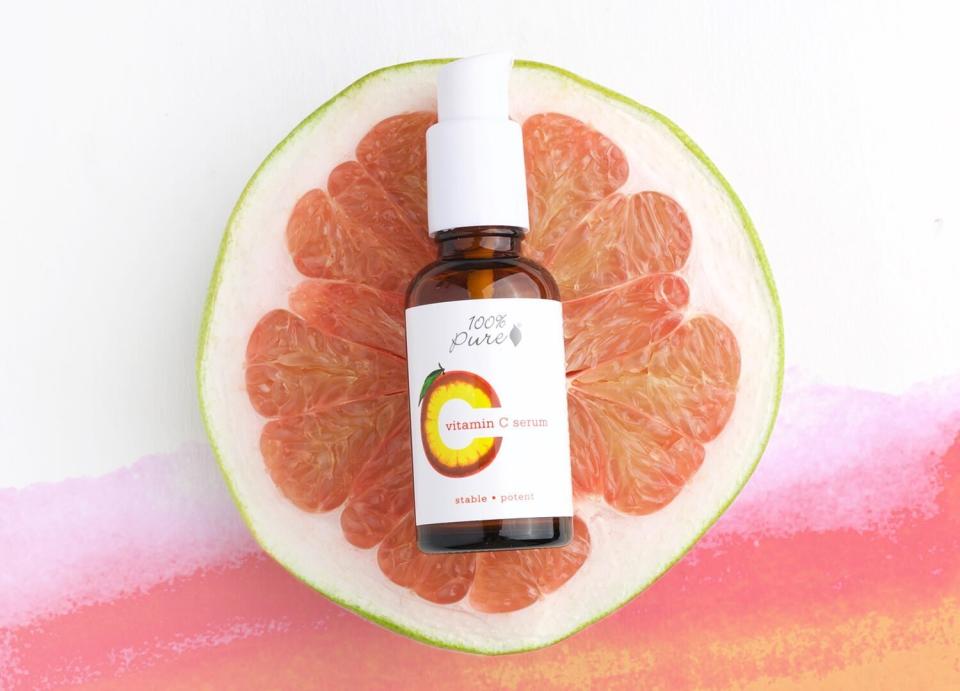
<br> 100% Pure Vitamin C Serum is available at 100% Pure for $41.
For dull skin: Dr. Dennis Gross C+ Collagen Brighten & Firm Vitamin C Serum
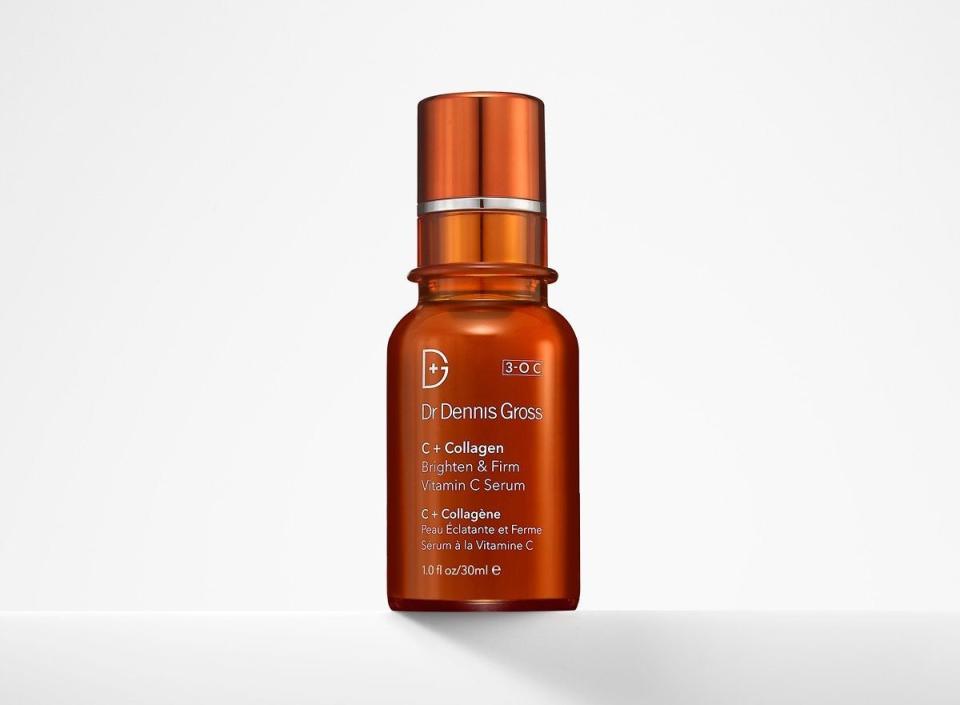
<br>Dr. Dennis Gross C+ Collagen Brighten & Firm Vitamin C Serum is available at Sephora for $78.
For age spots: Citrix Vitamin C Pro-Collagen Brightening Serum
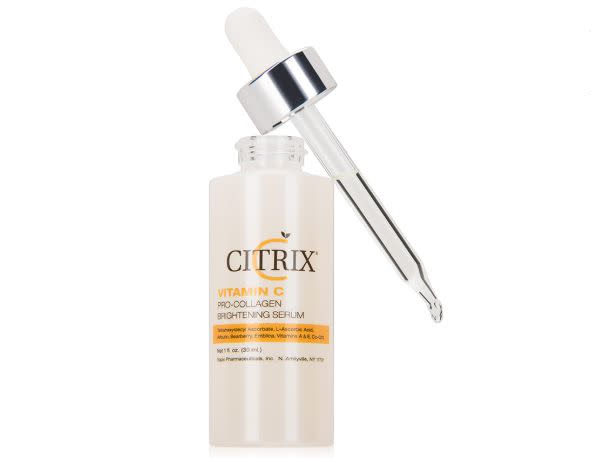
<br>Citrix Vitamin C Pro-Collagen Brightening Serum is available at Dermstore for $114, or Walmart for $77.
For acne scars: Sweet Chef Ginger + Vitamin C Serum Shot
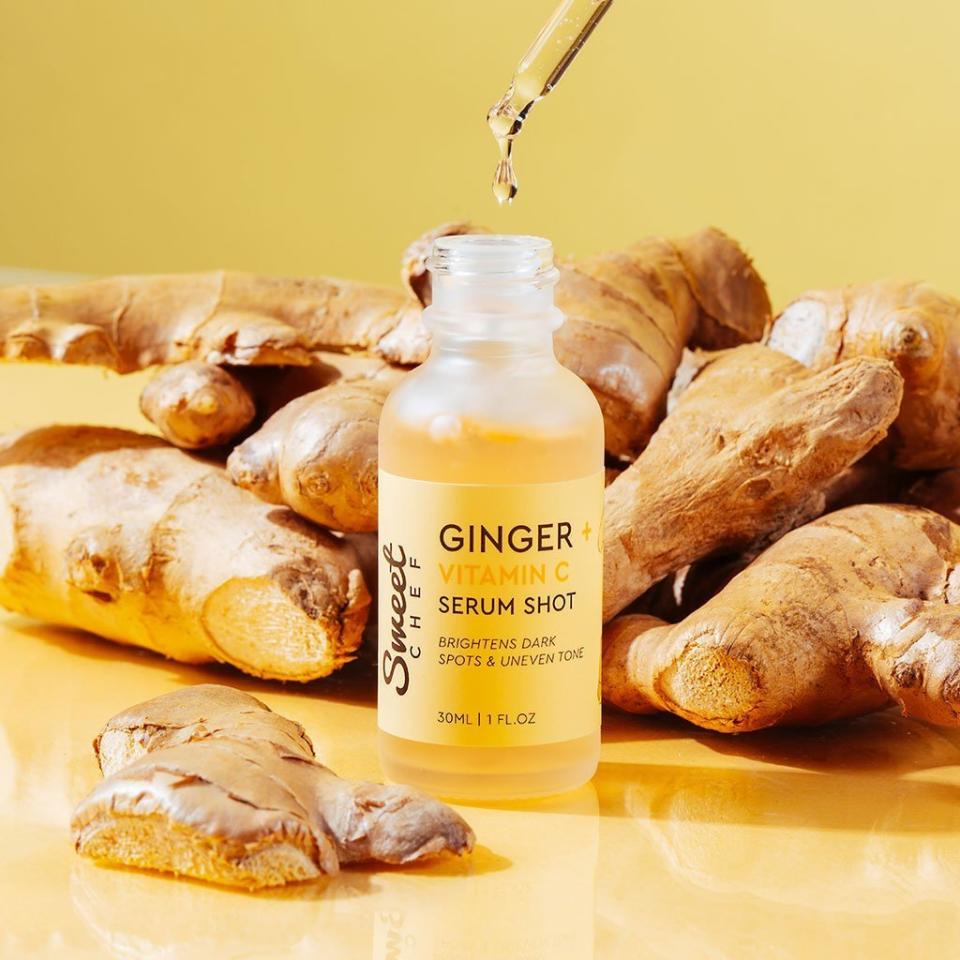
<br>Sweet Chef Ginger + Vitamin C Serum Shot is available at Glow Recipe for $20, or Target starting Jan. 27.
For affordability: Oz Naturals Vitamin C Facial Serum
![Dermatologist <a href="https://www.instagram.com/stayskinsafe/" target="_blank" rel="noopener noreferrer"><strong>Tsippora Shainhouse</strong></a> of Rapaport Dermatology recommends <a href="https://fave.co/2WincMq" target="_blank" rel="noopener noreferrer"><strong>Oz Naturals Vitamin C Facial Serum</strong></a> for those who want a wallet-friendly serum. "[It's] a much less expensive, vegan-friendly Vitamin C serum with AHA (natural glycolic acid)," she says. "Consumers love the texture and notice brighter skin with reduction in hyperpigmentation over time." She advises wearing it in the morning under sunscreen for protection from free radicals, as well as as nighttime to undo oxidative damage from the day.<br><br /><br><strong><a href="https://fave.co/2WincMq" target="_blank" rel="noopener noreferrer">Oz Naturals Vitamin C Facial Serum is available at Oz Naturals</a></strong> for $18.](https://s.yimg.com/ny/api/res/1.2/nH89iXK3vXXRbW9BGb7GWw--/YXBwaWQ9aGlnaGxhbmRlcjt3PTk2MA--/https://img.huffingtonpost.com/asset/5c4b3d6220000062016bbd7a.png)
<br>Oz Naturals Vitamin C Facial Serum is available at Oz Naturals for $18.
Love HuffPost? Become a founding member of HuffPost Plus today.
This article originally appeared on HuffPost.

